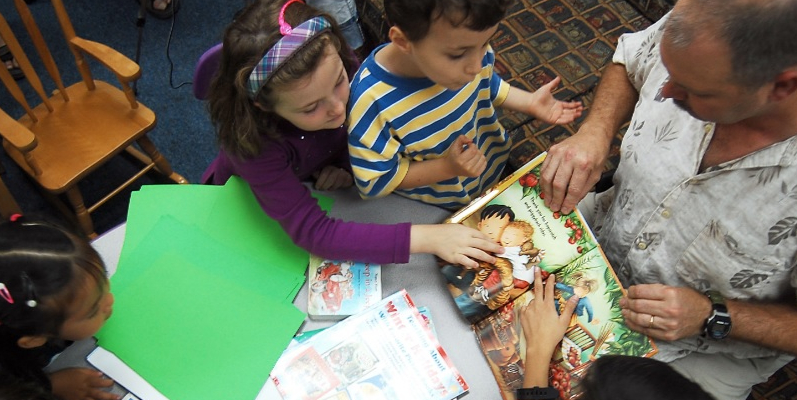“Miss, do I have to use my _____________strategy while I’m reading today?” Fill in the blank, dear teacher, because you know you can.
Collectively we’ve taught a million and one nifty strategies for kids to use when they read. Our intentions are admirable. We just want the readers in our care to understand what they’re reading.
Too bad that in the process of teaching kids ways to deepen their comprehension, we run the risk of destroying the love of reading.
Some teachers have an elaborate acronym for kids to use as they read. Each letter stands for some reading/thinking task and students are to annotate, underline or sketch as they read. The problem is that often the work of using the acronym bits way overshadows the reading. Kids are so busy with the meaning making work that they don’t actually get what they’re reading (or, God help us, enjoy the text).
Other teachers ask kids to complete a graphic organizer that assists them in capturing their thinking as they read. There’s even a rubric attached to the graphic organizer so that the student can score the maximum points allowed.
Hey, I’m guilty of using these strategies and so many more, but recently when planning a whole class novel unit with a 5th grade teacher, I was taken aback when he asked an interesting question.
“Could we try just letting kids read?”
His thinking was that his kids would have access to 2-3 questions before they began reading. The frontloading would allow them to read with intention so they’d be ready to discuss once they stopped reading. Several of his kids couldn’t access the text independently on their own so each day the whole class listened to an audiobook version of the novel as they read along in their own paperback version. After about 20 minutes of the read-aloud, kids gathered in groups of four to discuss the questions introduced at the start of class.
The teacher made his way around the room listening in and making notes on his clipboard as the groups discussed the text. When they came back together and shared with the whole group, he always began by exhorting them to start their sharing with the exact place where “the ideas live in the text.” It was impressive to hear the students start their statements about the discussion questions by telling their classmates which page and paragraph supported their assertions.
In the beginning, the kids struggled with thinking beyond the text. It seemed a lot easier for them to guess or “overconnect” with their own lives. Mr. D always ask them to go back to the text and consider the questions in light of precise ideas the author included in the text. He was patient with the students, but he didn’t entertain thoughts that were not aligned to the author’s work. Over the few weeks that the class made their way through the novel, their thinking became more complex, more layered and they seemed to become comfortable with considering the complicated ways the character was struggling with the internal conflict.
There were no worksheets, graphic organizers or acronym annotation tasks. Kids didn’t have to complete interactive notebook pages.
Every day they just read. And they talked.
And you know what? They still comprehended the text. They comprehended the text in deep and powerful ways.
Can we just let kids read?











Amen!
Do all teachers really read with a pencil in their hand and use that “fancy schmanzy” acronym in their own reading lives. If yes, then they also know that it is tedious, cumbersome and so unlike a REAL READER out in the wild.
Thanks for reminding us of the importance of READING!
I couldn’t agree more, Fran! Thanks for reading and responding.